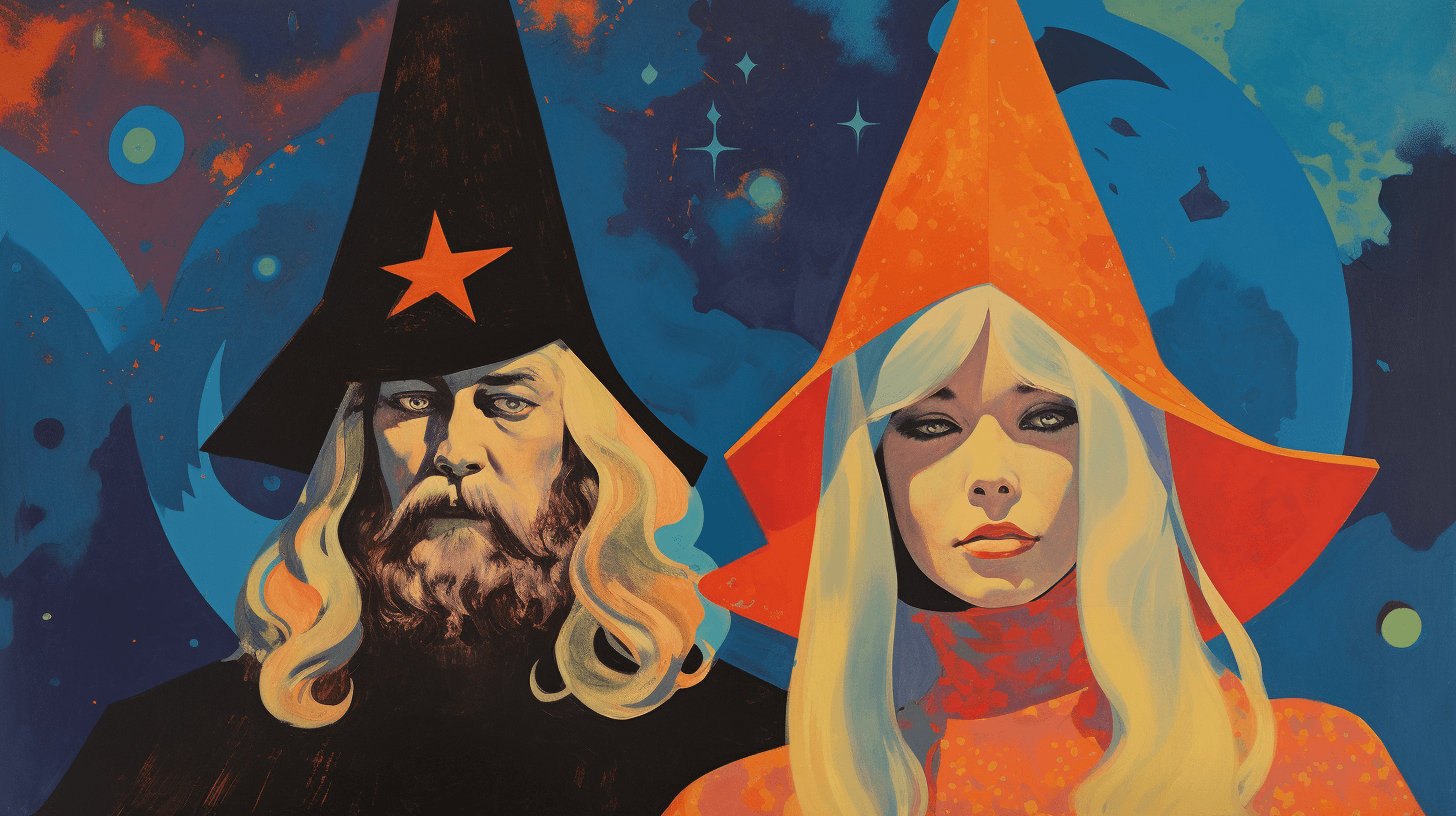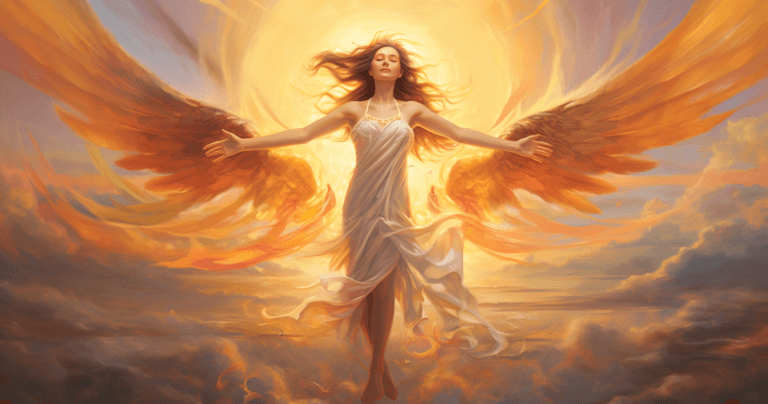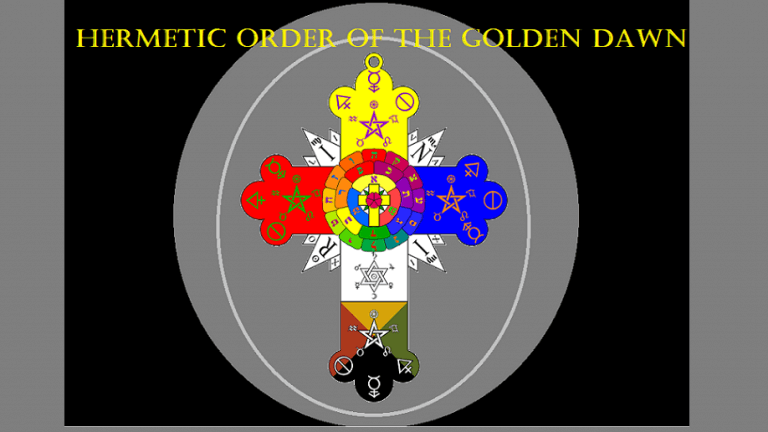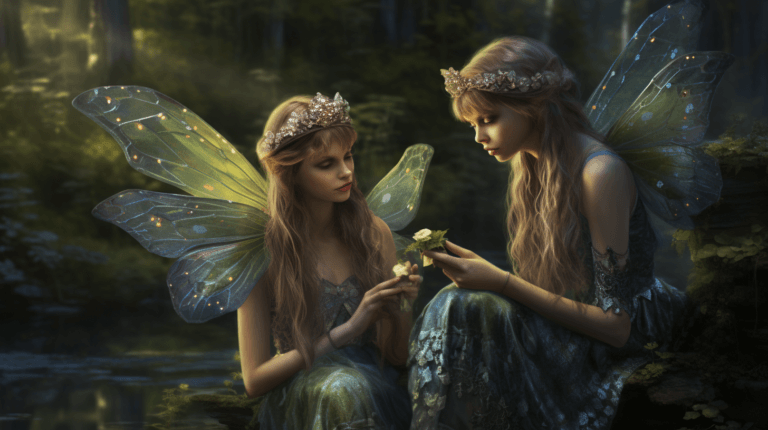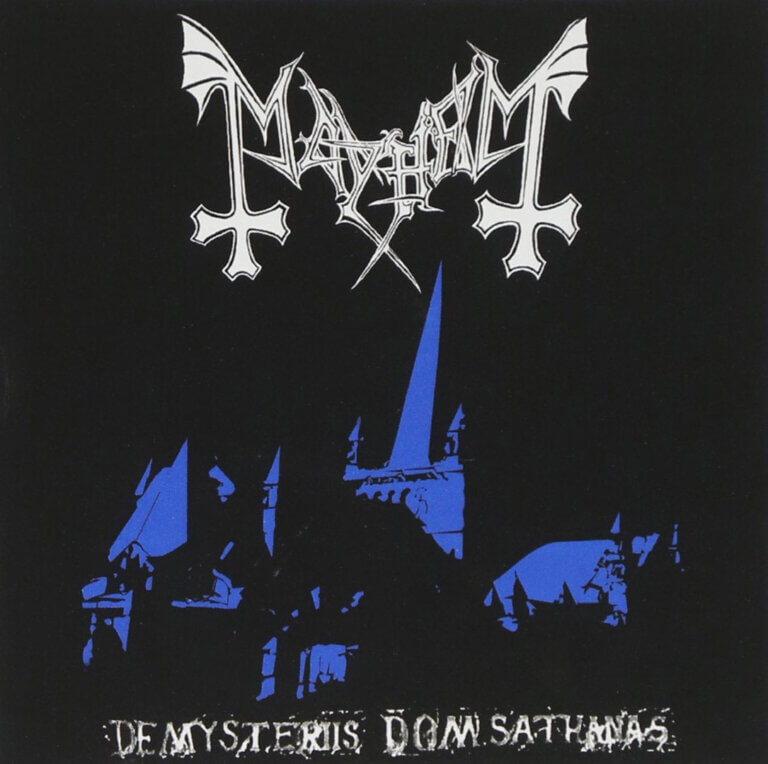The Occult Legacy of the 1960s
The 1960s was a decade of profound social, political, and cultural change. Amidst the backdrop of the civil rights movement, the Vietnam War, and the rise of counter-cultural movements, there was another significant transformation taking place: the revival and popularization of the occult. This era saw an intense interest in alternative spiritualities, esoteric practices, and magical traditions. The following article delves into the occult legacy of the 1960s, examining its origins, manifestations, and lasting impacts.
Origins of the Occult Revival
The early 20th century witnessed the rise of occult organizations such as the Theosophical Society and the Hermetic Order of the Golden Dawn, which introduced the West to Eastern philosophies, Kabbalistic traditions, and ceremonial magick. However, by the 1960s, these teachings had begun to trickle down from the secret chambers of esoteric orders to the general public, in part due to the increasing disillusionment with traditional religious institutions and the quest for personal, transformative experiences.
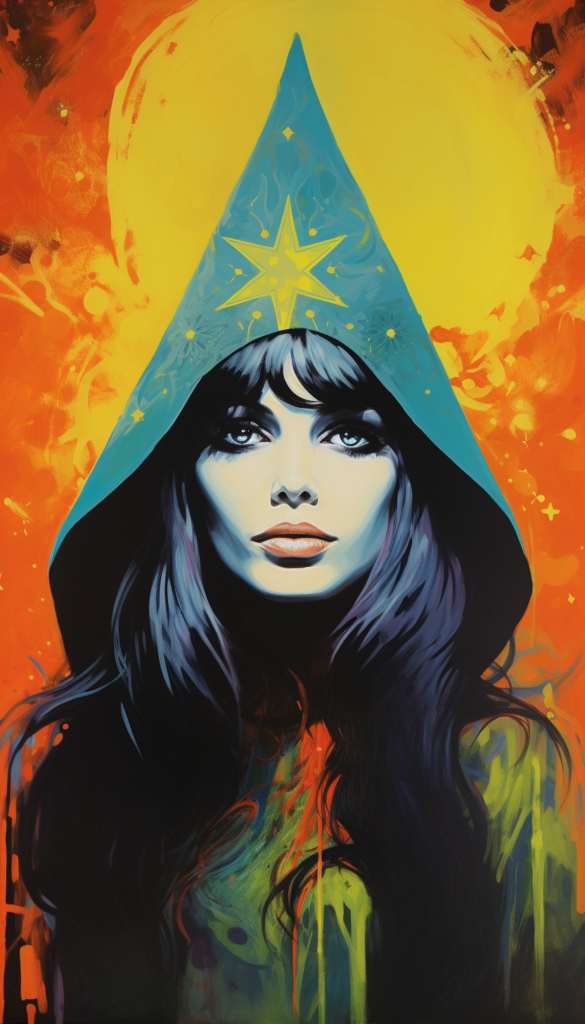
Manifestations in the 1960s
- Countercultural Movements: Groups like the Beatniks of the 1950s, followed by the Hippies of the 1960s, actively sought out spiritual experiences outside of traditional religious frameworks. This led them to explore Eastern mysticism, Native American spirituality, and pagan practices.
- The Influence of Psychedelics: The widespread use of psychedelics, such as LSD and magic mushrooms, was instrumental in opening the doors of perception for many. These substances often led to experiences described as mystical or spiritual, and there was a natural inclination to relate these experiences to occult or esoteric traditions.
- Books and Publications: The decade saw a surge in the publication of occult literature. Books like “The Morning of the Magicians” and “The Teachings of Don Juan” became bestsellers, introducing readers to a vast world of hidden knowledge.
- Popular Media: The occult began to permeate pop culture. The Rolling Stones released “Their Satanic Majesties Request“, The Beatles integrated Eastern mysticism into their work, and films like “Rosemary’s Baby” explored occult themes.
- New Age Movement: The 1960s set the stage for the rise of the New Age Movement in the subsequent decade. This movement combined a variety of beliefs and practices, from astrology to crystal healing, all under a broad umbrella of alternative spirituality.
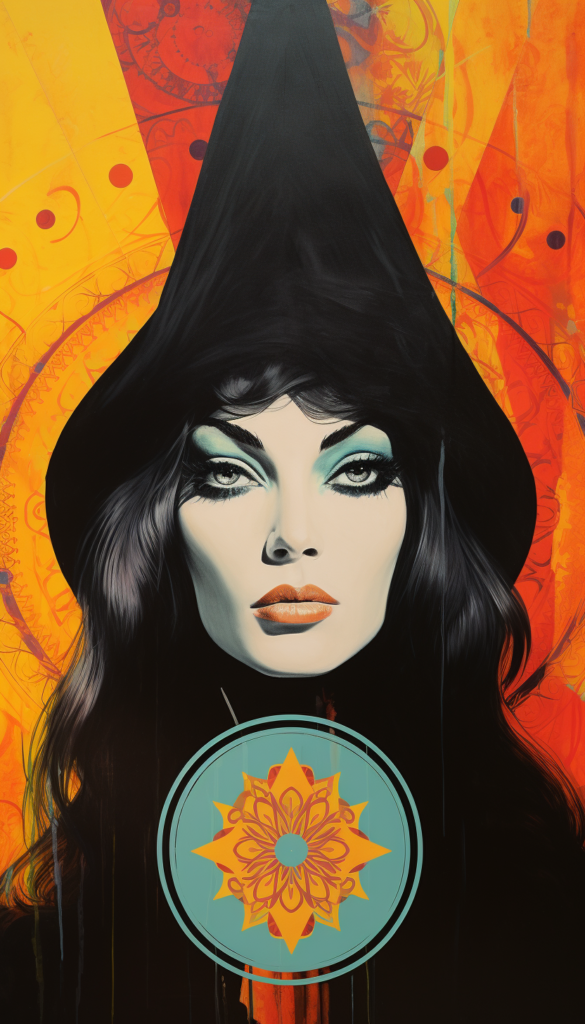
Lasting Impacts
- Diversification of Spiritual Practices: The 1960s paved the way for a society more accepting of diverse spiritual paths. Practices like yoga, meditation, and tarot, which were once deemed esoteric, are now mainstream.
- Integration into Pop Culture: The influence of the occult in popular media didn’t stop with the 1960s. From movies to music to fashion, esoteric symbols and themes have found their way into the mainstream and continue to influence it.
- Modern Paganism and Witchcraft: The 1960s revival played a significant role in the rebirth and reformation of modern pagan and witchcraft traditions. Movements like Wicca saw exponential growth during and after this period.
- Commercialization: The increased interest in the occult also led to its commercialization. While this made esoteric knowledge more accessible, it also sparked debates about the dilution and commodification of sacred practices.
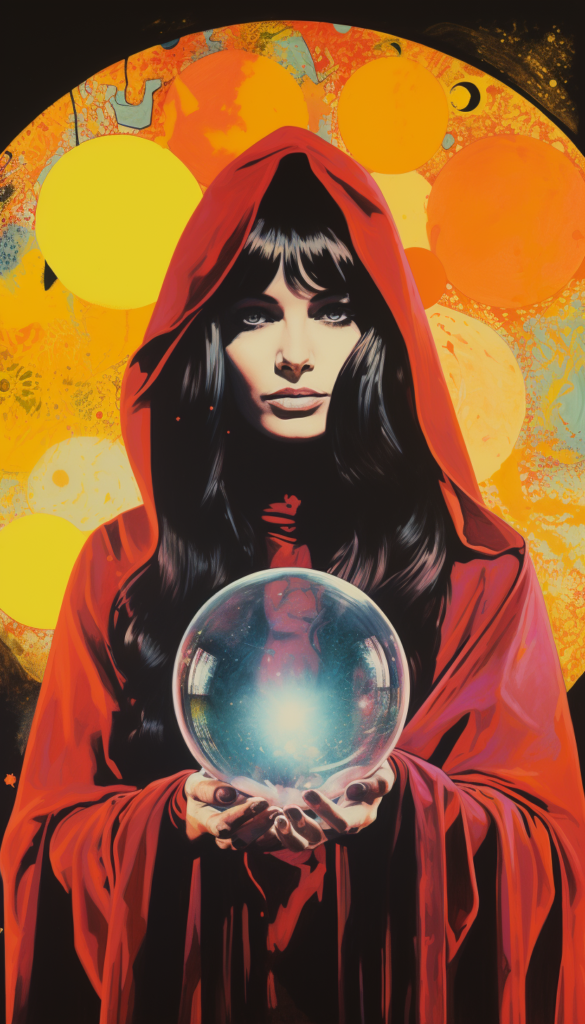
Conclusion
The 1960s was a decade of exploration and rebellion. The profound interest in the occult wasn’t merely a trend but a reflection of a society in the midst of spiritual upheaval and awakening. This legacy has left an indelible mark, prompting us to challenge norms, seek deeper meaning, and explore the mysteries of existence.
